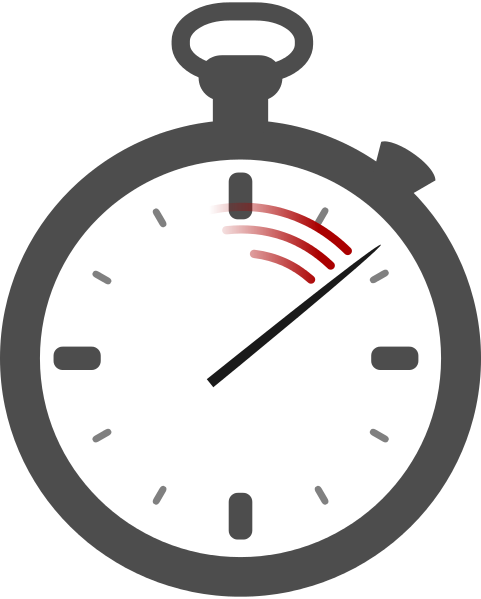 There are certain kids who want to do everything fast. Do you know any? Their inclination to race through the world seems built into their DNA, and it’s not necessarily a bad thing. These kids are often eager to raise their hands, respond to problems, and try new things (not to mention excel in sports like Track & Field). But, as you know, these kids often need to be taught to slow down in their schoolwork. Putting forth their best effort is more important than being the first to finish.
There are certain kids who want to do everything fast. Do you know any? Their inclination to race through the world seems built into their DNA, and it’s not necessarily a bad thing. These kids are often eager to raise their hands, respond to problems, and try new things (not to mention excel in sports like Track & Field). But, as you know, these kids often need to be taught to slow down in their schoolwork. Putting forth their best effort is more important than being the first to finish.
Some Read Naturally students are overly focused on their reading rate. They try to beat their previous words-correct-per-minute (wcpm) score by reading faster and faster with each timing, often forgetting to pause between sentences and read with expression. Sometimes they read so fast they forget to take a breath and end up gasping for air at the end of each paragraph! Who knew their mouths could move so fast?
While their motivation is admirable, and while rate is certainly an important part of fluency, these students need to be reminded that speed-reading is not the goal. Fluency is about accuracy, expression, and rate, which together lead to comprehension. If you have speed-readers in your classroom, remind them that comprehension, not speed, is what matters most.
We wrote a blog post a couple years ago that offered some helpful tips for helping your speed-readers slow down. These tips bear repeating this time of year, as your students become more expedient at working through Read Naturally stories. Also, several teachers who read our previous post offered additional tips for slowing down their speed-readers. We’re eager to share those with you as well.
Here are the actions we recommend for students who are overly focused on speed:
- Have the student read the passage to you, untimed and with correct phrasing, before he or she can do the Pass timing.
- Emphasize comprehension by having the student retell the story to you before the Pass timing.
- Reduce the number of read-alongs. With less audio support, students will need to work harder on word recognition, forcing them to slow down and learn to read the words accurately.
- Lower the student’s goal. Most students don’t like having their goals lowered, but in some cases it may be necessary. Lowering the goal once is usually enough to help the student read at a more appropriate rate.
We recommend making only one of these changes at a time, so the student has time to adjust his or her rate and not feel penalized. Often implementing just one of these changes is enough to help your students slow down.
Teachers who read our previous post shared the following additional ideas:
“I have them watch a segment on the Discovery Channel and tell them they should sound like those people. A voice that makes people stop and listen no matter what the topic.” - Cyndi
“I tap the table twice for every period and once for every comma in order to help them internalize how long to pause for punctuation.” – K.
“I have used a metronome so that they stay with the beat. I also have sign that I hold up. It reads, "STOP, or you will be pulled over for speeding!" They love the policeman picture and the cartoon caption. Of course, I use it with humor, but it works well to remind them.” - Anonymous
“I have them take a breath before each punctuation mark and/or emphasize the first word after the punctuation mark. I remind them that if they read that fast, it is difficult for their brain to understand each phrase... just like it is difficult to understand an auctioneer at an auction. I also model fast reading and then reading with expression to demonstrate the difference.” - Lynn
“I have them pat their leg with their hand at every period. This gives just enough time to break the speed cycle and makes them think about the ending of each sentence and the beginning of a new.” - Sue
“We have a "Radio Friday." Students pre-select a passage from their level. I print it and students take turns reading like a newscaster. It really helps improve phrasing and expression. The students love it! I refer back to it as a reminder when a student is speed-reading.” – J.
We think ideas are fantastic! What would you add? Remember, the excitement of your speed-readers is a great indicator of their motivation and eagerness to improve. With a little additional coaching from you, they can channel their energy into passing more stories with accuracy, expression, and rate—ultimately becoming more fluent readers.
 Share your student’s success story—nominate him or her for our Star of the Month award. Win a Barnes & Noble gift card for the student and a Read Naturally gift certificate for your class!
Share your student’s success story—nominate him or her for our Star of the Month award. Win a Barnes & Noble gift card for the student and a Read Naturally gift certificate for your class!
Post a New Comment